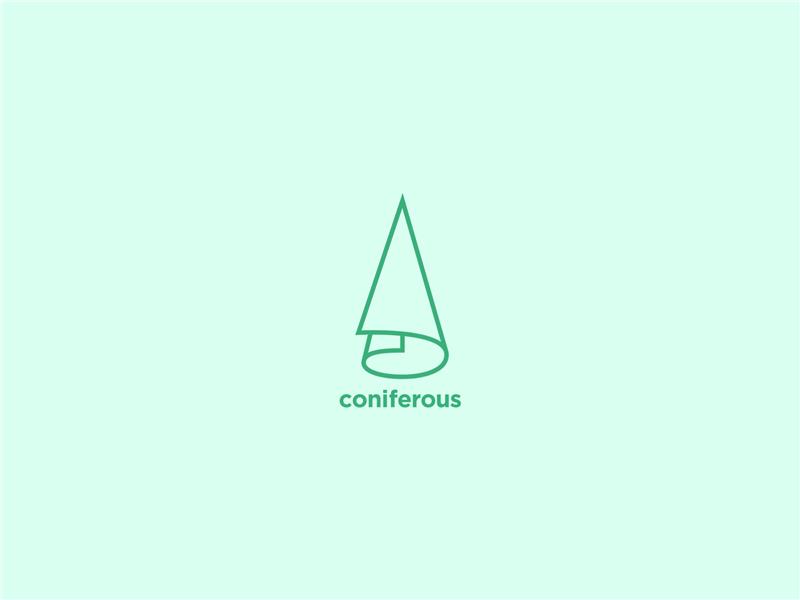What is Kraft Paper and What is Driving its Rising Demand?
What is Kraft Paper? Kraft is a special type of paper known for its high tear resistance, great elasticity, and durability. These characteristics make it very popular in the packaging industry. The primary factors leading to the tremendous rise in demand are the skyrocketing e-commerce world and a trend towards sustainability.
What is Kraft Paper and How it is Manufactured?
Carl Dahl is credited with creating the Kraft paper in 1879. It involves a process where the wood pulp is extracted from wood and subsequently converted to paper. To understand the intricacies of the process, it is first important to understand the difference between Lignin and Cellulose.
Lignin and Cellulose hold wood pulp together. However, due to their structural differences, Lignin is not suited to make paper. Therefore, it becomes essential to separate the two through chemical processes.
Carl Dahl, through multiple experiments, found that cooking wood chips in a mixture of sodium sulfide and sodium hydroxide separates the two. The remaining chunks of cellulose are further made into paper.
This cooking process does not completely remove lignin – it is this factor that makes kraft paper so strong. The remaining lignin and sulfur from the cooking process add to the strength of the kraft paper.
Types of Kraft Paper
- Coated Unbleached Kraft Paper
The most basic and common form of Kraft paper. It is known for its resistance to tears and lightweight.
- Coated Kraft Paper
A white additive is applied to brown paper to make it look like a blank canvas. A bit of the natural texture is visible, yet it appears white rather than brown.
- Virgin Kraft Paper
Raw pulp is used to create this types of kraft paper. This wood used comes straight from trees without any processing. Virgin Kraft is most widely used in tasks that require structural integrity.
- Recycled Kraft Paper
As the name suggests, this kraft paper is made from recycled materials. Ideal for businesses who engage with a customer base that values sustainability.
International Kraft Trade: A Regional Analysis
In the last couple of years, Europe has consistently been the biggest supplier of different types of Kraft paper. The statistics from last year show European dominance in the sector. Europe exported 114,000 MT to North America, 200,000 MT to Latin America, 430,000 MT to Africa and the Middle East, and a whopping 610,000 to Asia. Europe hopes to increase its capacity even more in the future.

Some American mills possess ‘Swing Machines’. These units can swiftly switch between different grades of paper based on the prevailing market demand. At one point, the swing machines were also repurposed to produce kraftliner sacks and sack kraft to meet domestic demand and export to Europe. This could potentially be a viable source for Europe to gain the additional capacity it seeks.
What’s Fuelling the Demand for Kraft?
Global economic trends such as growing populations, urbanization, climate action, and sustainability, have played the biggest role among other factors.
E-Commerce Boom
A significant factor that has led to this demand surge is the astronomical growth of e-commerce. As e-commerce grows, the demand for effective packaging material also grows. Such an environment is usually conducive to Kraft paper as it is lightweight and has a competitive price.
The e-commerce boom has created new opportunities for Kraft producers. Market trends show that corrugated boxes are being replaced with Kraft paper bags layered with bubble wrap in the US. This trend illustrates the disruptive potential of Kraft paper.

Market players understand this potential, and this has led to more companies investing in this area. For instance, Georgia-Pacific recently built two new kraft utilizing sites in the state of Pennsylvania.
Climate Action
A major competitor for Kraft and other traditional packaging materials has been plastic. However, the last decade was characterized by the demonization of plastic and the results of that demonization are starting to manifest. To address the harmful effects of plastics and the larger responsibility to protect the environment, states all over the world have started to take action against plastic.
As of 2022, 94 countries have some form of a partial or complete ban on plastic and around 32 countries charge an environmental cess on every plastic bag. This trend towards sustainability has helped increase the demand for Kraft paper as it is seen as an environmentally friendly form of packaging and an alternative to plastic.
The Way Forward
The Kraft paper industry has experienced extreme scenarios in the last 2 years. From facing a demand shortage during the pandemic to capacity expanding plans in the post covid world, the kraft paper industry has been resilient and dynamic.
An effective way to meet this growing demand could be to repurpose Graphic paper machines in Europe for Kraft paper producers – a proposition that requires more attention from the community. Tune in for the latest dose of kraft paper industry updates and fun trivia only with Coniferous, the leading supplier of kraft paper and other sustainable products to brands and consumers all across the globe.
